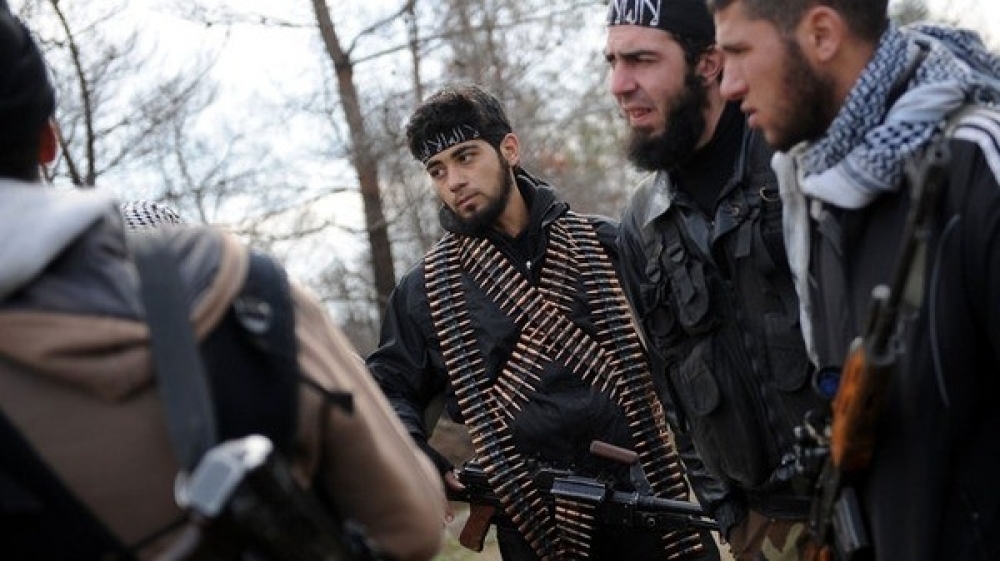‘Khorasan’ threat may be al-Nusra extremists
Airstrikes in Syria also target little-known Khorasan Group – term was coined by American intelligence community

The US has fired missiles at what officials have described as a new militant group, Khorasan, in Syria. The Pentagon says its strikes were successful, though the attacks may have inadvertently added to the militants’ power.
On Tuesday, as US bombers, fighters and warships launched airstrikes targeting Islamic State militants in Syria, a number of the attacks — 47 Tomahawk missiles launched from US Navy ships in the first volley — were directed at eight locations outside the city of Aleppo where the Khorasan Group is known to operate.
The little-known outfit is believed to wield cutting-edge bomb-making abilities, thanks to Al Qaeda’s affiliate in Yemen. That capability and the group’s Western recruits, who potentially could cross borders with little scrutiny, are a particularly worrisome combination for US officials.
Born of timing and opportunity, the Khorasan Group is something of a new iteration of a familiar US enemy. The group is made up of about 50 people, according to a US counter-terrorism official, including Al Qaeda operatives who moved to Syria to work undetected by government authorities preoccupied with the civil war there.
They appear to be singularly intent on using recruits to launch attacks outside Syria, unlike other militant groups in the country, including its parent group, Al Nusra Front, that are fighting the government of Bashar Assad.
US officials seem to have come up with the term Khorasan on their own. It may be a reference to a historical region of Iran, Turkmenistan and Afghanistan.
According to the University of Texas School of Law’s Robert Chesney, who worked for the justice department in 2009, the name may have been coined by someone in the intelligence community.
Members of the Khorasan Group reportedly joined up with al-Nusra Front, al-Qaeda’s affiliate in Syria. In contrast with members of al-Nusra Front, however, these militants have ambitions beyond the region.
Al-Qaeda’s leader Ayman al-Zawahiri apparently sent them to Syria to “develop external attacks, construct and test improvised explosive devices and recruit Westerners to conduct operations”, according to a Pentagon statement.
The Pentagon said they were “in the final stages of plans to execute major attacks”. US officials are naturally more concerned about militants who want to kill Americans, such as those in the Khorasan Group, than about the militants who are focusing only on Syria. This may explain why the first missile strike this week hit the Khorasan Group.
But others wonder about the manner in which US officials this week presented an account of the group. “Suddenly it is created,” said Ahmad Beetar, a translator and researcher who worked as a journalist in Syria from 2008-13, “and it is destroyed. How come people in the Middle East have never heard of them?”
Jomana Qaddour, a senior associate with Caerus Associates, a strategy and research group, said she has asked the same question. She is a Syrian-American who is originally from Homs, and she keeps in touch with a network of people through Skype, Facebook and other means.
She said some people believe the militants are simply part of al-Nusra Front, rather than a separate organisation.
“They’re sort of the hidden hand of Nusra Front, conducting specific assassinations,” she said, describing what she has heard about the group.











.png)

.png)











